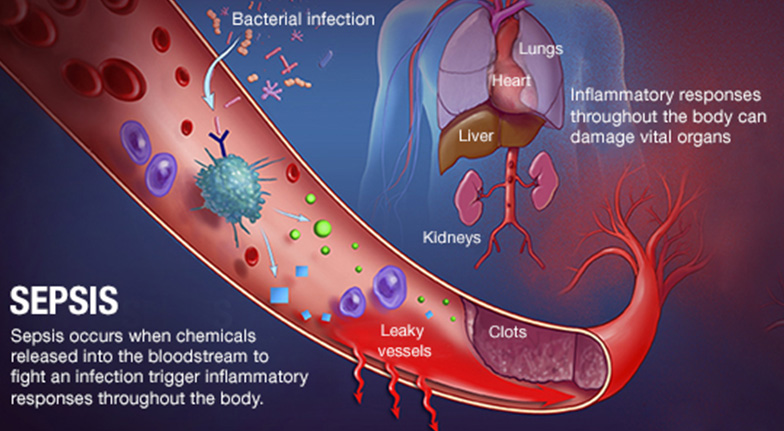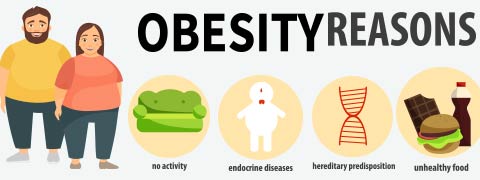Nail Diseases: Symptoms, Causes and Types
Nails are remarkable designs framed of keratin, very much like hair and the shallow skin layers. Nail illnesses fluctuate in etiology and morphology. The most widely recognized types are introduced here.
Fingernails safeguard the delicate tips of the fingers from coincidental injury and are framed by the layer of germinal tissue called the nail framework.
The lattice can be found at the actual base of the nail, concealed under the skin crease which lies just beneath the proximal side of the nail. The nail grid is important for the nail bed which upholds and supports the nail plate.
The nail folds stand firm on the nail in situation and anchor it to the skin, framing the fingernail skin. This keeps microbial creatures from entering the nail bed and furthermore keeps dampness out.
Nail staining
The ordinary nail is pale pink in variety. The finish of the nail that develops off the finger is white since it has no association with the vascular nail bed which upholds the remainder of the nail plate. Nails can become stained on account of:
Smoking tobacco
The utilization of colors, for example, those utilized for hair
Certain meds including some chemotherapy drugs
Diseases of the nail bed
Injury to the nail bed
Subungual melanomas
Silver harmfulness, quinacrine poisonousness and Wilson's illness - the nails become somewhat blue
A few fundamental sicknesses including liver infection - the nails become white
Renal disappointment - the nails become cream
Bacterial paronychia
This is a condition brought about by bacterial contamination of the nail crease. It is more considered normal in the people who generally have their hands in touch with dampness, who chomp their nails or erroneously nail treatment their nails, or are inclined to eczematous conditions or little wounds of the fingers.
Persistent paronychia
Here the nail overlap is thickened, delicate and somewhat blushed. It is because of a blend of variables, for example, synthetic disturbance, sensitivity and wet circumstances, all of which incline toward constant contagious disease too. The nail becomes contorted in many such cases with going with staining.
Horrendous changes to the nail
The nail might become harmed, prompting:
Lifting of the nail by a subungual hematoma
Loss of the nail plate in the event that the injury is excessively extreme
Ridging of the nail or nail disfigurements assuming the nail network is damaged
Height of the nail plate (onycholysis)
The nail can be taken off the hidden nail plate by disease or injury and seems yellowish or white. This incorporates:
Picking under the fingernails excessively far
Discharge development under the nail plate
A few parasitic diseases
Psoriasis
Certain fundamental circumstances, for example, bronchiectasis, thyroid problems, iron deficiency or a few immune system illnesses
Ingrown nails
This condition is described by nails developing into the skin along the edges of the nail. This causes torment and may incline toward disease. It is more normal on the off chance that the nail bends inwards too pointedly, or on the other hand on the off chance that the nails are not managed accurately (straight across, or, on account of fingernails, with a delicate bend). Injury or tight footwear may likewise cause this condition.
Nail thickening
Thickening of the toenails is a typical age-related change, yet unusual thickening is likewise conceivable. This incorporates:
Injury
Contagious disease
Ischemic course
Joint inflammation
Strange stride
Tight shoes
Psoriasis
Nail edges
Longitudinal edges running down the nail might happen in a few foundational conditions, for example,
Serious paleness or unhealthiness
Maturing
Injury
Ailment
Skin inflammation
Rheumatoid joint inflammation
Fringe vascular illness
Lichen planus
Nail parting
The nail might drop into layers as it develops, due to:
Steady application and evacuation of nail clean
Hands in steady openness to water
Abuse of the fingernails
Nail disfigurements
The nail might be disfigured in the event that it is dependent upon injury or contagious disease. The nail bed injury powers the nail to fill in a strange manner. Different irregularities of nail shape include:
Pincer nails which are bended transitionally such a lot of that they seem like pliers, seen as both an innate genetic structure and gained illness
Dolichonychia or long nails in Marfan's condition or hypopituitarism
Brachyonychia alludes to short restricted nails as seen in psoriatic arthropathy
Parrot mouth nails are found at times of scleroderma
Nail changes in fundamental illness
Hypersensitive or immune system conditions might give nail changes, for example, pitting in psoriasis or splinter hemorrhages in bacterial endocarditis, or adjusted shapes, including the koilonychia (spoon-molded curved nails) of iron-lack sickliness. Lover's lines are cross over miseries that happen following serious disease, lack of healthy sustenance, chemotherapy or nail injury, other than a few different circumstances. Clubbing might happen in lung illness.
Uncommon circumstances influencing the nails:
Inherent nail abnormalities: Nails might be twisted or missing in the nail-patella condition.
Growths of the nail bed: Subungual melanomas and other skin tumors might happen under the nail.
As an indication of toxicty: Periodically, side effects of poisonings can appear as nail changes. For example, arsenic produces white lines, while silver poisonousness might deliver a somewhat blue hint.
Parasitic and bacterial nail contaminations, as well as nail issues, for example, unpredictable parting, or strange variety or surface, are genuinely normal. Our fingernails and toenails are continually uncovered, hence they will generally get through a lot of misuse. Unfortunate cleanliness, ill-advised diet, hereditary qualities, tight shoes, and inadmissible nail documenting procedures can all support nail issues.
With most normal nail conditions, the sooner you start treatment, the better — particularly while thinking about that nail irregularities might assist specialists with spotting hidden conditions. Assuming you notice any progressions in variety, surface, or awareness of your nails, you ought to counsel your dermatologist for assessment.
What are nail anomalies?
Solid nails seem smooth and have predictable shading. As you age, you might foster vertical edges, or your nails might be a touch more weak. This is innocuous. Spots because of injury ought to develop out with the nail.
Anomalies
Like spots, staining, and nail division — can result from wounds to the fingers and hands, viral moles (periungual moles), diseases (onychomycosis), and a few drugs, for example, those utilized for chemotherapy.
Certain ailments can likewise change the presence of your fingernails. Notwithstanding, these progressions can be challenging to decipher. Your fingernails' appearance alone isn't sufficient to analyze a particular sickness. A specialist will utilize this data, alongside your different side effects and an actual test, to make a conclusion.
You ought to continuously counsel your primary care physician in the event that you have any inquiries concerning changes in your nails.
Irregularities of the fingernail
A progressions in your nails are because of ailments that need consideration. See your primary care physician in the event that you have any of these side effects:
Staining (dim streaks, white streaks, or changes in nail tone)
Changes in nail shape (twisting or clubbing)
Changes in nail thickness (thickening or diminishing)
Nails that become fragile
Nails that are hollowed
Draining around nails
Expanding or redness around nails
Torment around nails
A nail isolating from the skin
These nail changes can be brought about by a wide range of conditions, including ones we portray underneath.




Comments
Post a Comment